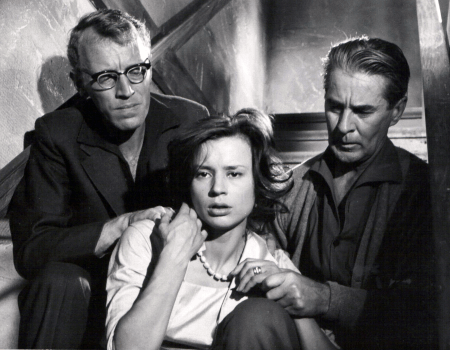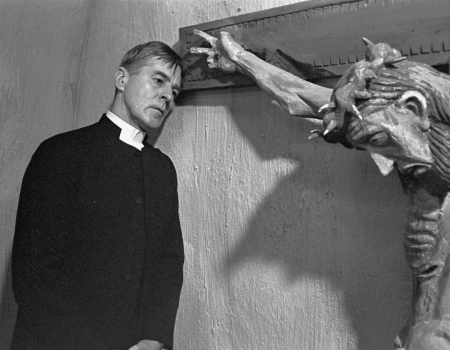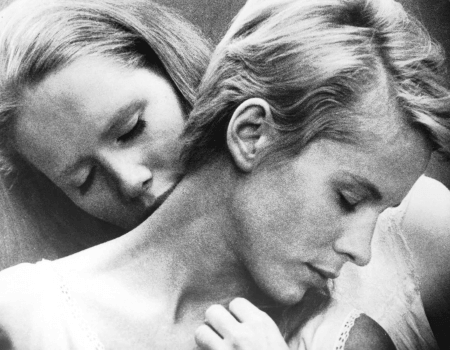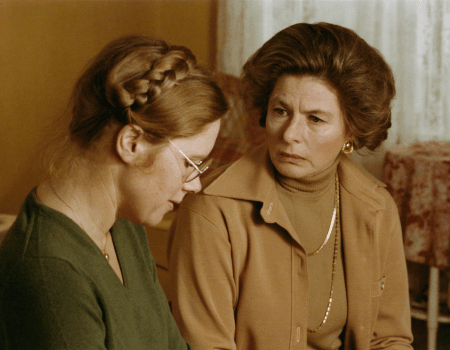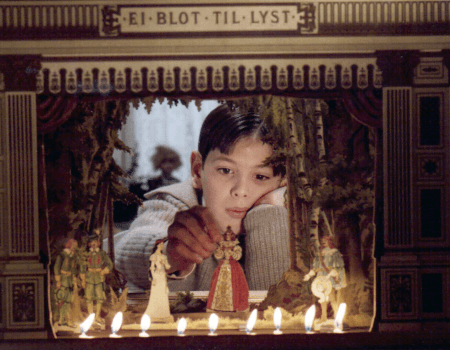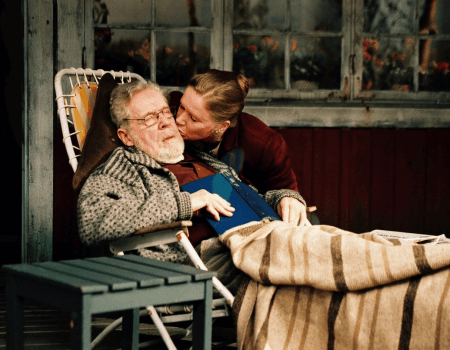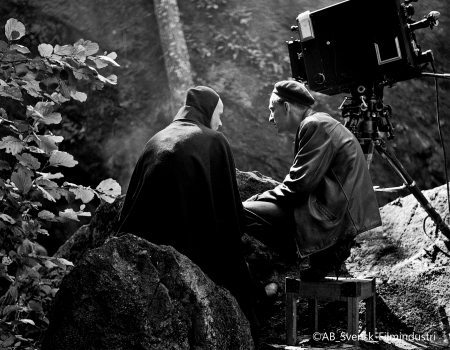Programme
Ingmar Bergman, Faith and Faithfulness II
The end is just the beginning. Ingmar Bergman (1918 – 2007) has left, but never vanished. Like the ghosts drifting through his hypnotic, haunting masterpieces, his plague of the modern soul and visions of spiritual longing linger in the world of cinema and continue to inspire generations of filmmakers – an encounter with death in The Seventh Seal (1957) has been referred to by Woody Allen and David Lynch; and juxtaposed faces in The Silence (1963) are omnipresent in Alain Resnais and Andrei Tarkovsky’s films.
In over 60 films in his life, Bergman’s spiritual quest was underscored by his growing up in “emotional poverty”. Cutting into his own fears and analyzing his failings, he portrayed devastated men and women in tortured confrontations with an absent God, and futile attempts at romantic involvement or reconciliation. His bleakest vision of isolation and rejection, and of unrequited love, found its “real home” in the barren island of Fårö. The desolate, stony landscape became the backdrop of his six films, and the distinctive metaphor for his characters’ inner emotional states – descending into madness (Through a Glass Darkly, 1960), and experiencing mysterious spiritual transference (Persona , 1966). Finding security inside the stone walls, he released his doubt, hate and repentance in the most vibrant of colors – red, as the interior of the soul, painting the passion and emotional intensity in Cries and Whispers (1973) and Fanny and Alexander (1982), two of his most acclaimed masterpieces. After orchestrating his aching swan song Saraband (2003), he directed his own danse macabre in peace.
A life knowing too well what Death looks like, Bergman could finally get it out of his thought. Now living permanently in his heavenly dreams, his legacy, like his dreams, will live for eternity.
